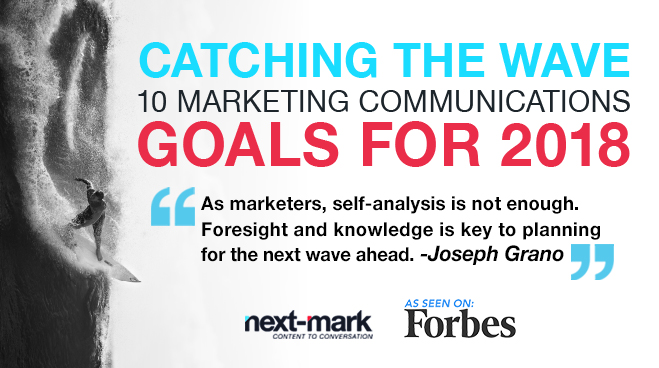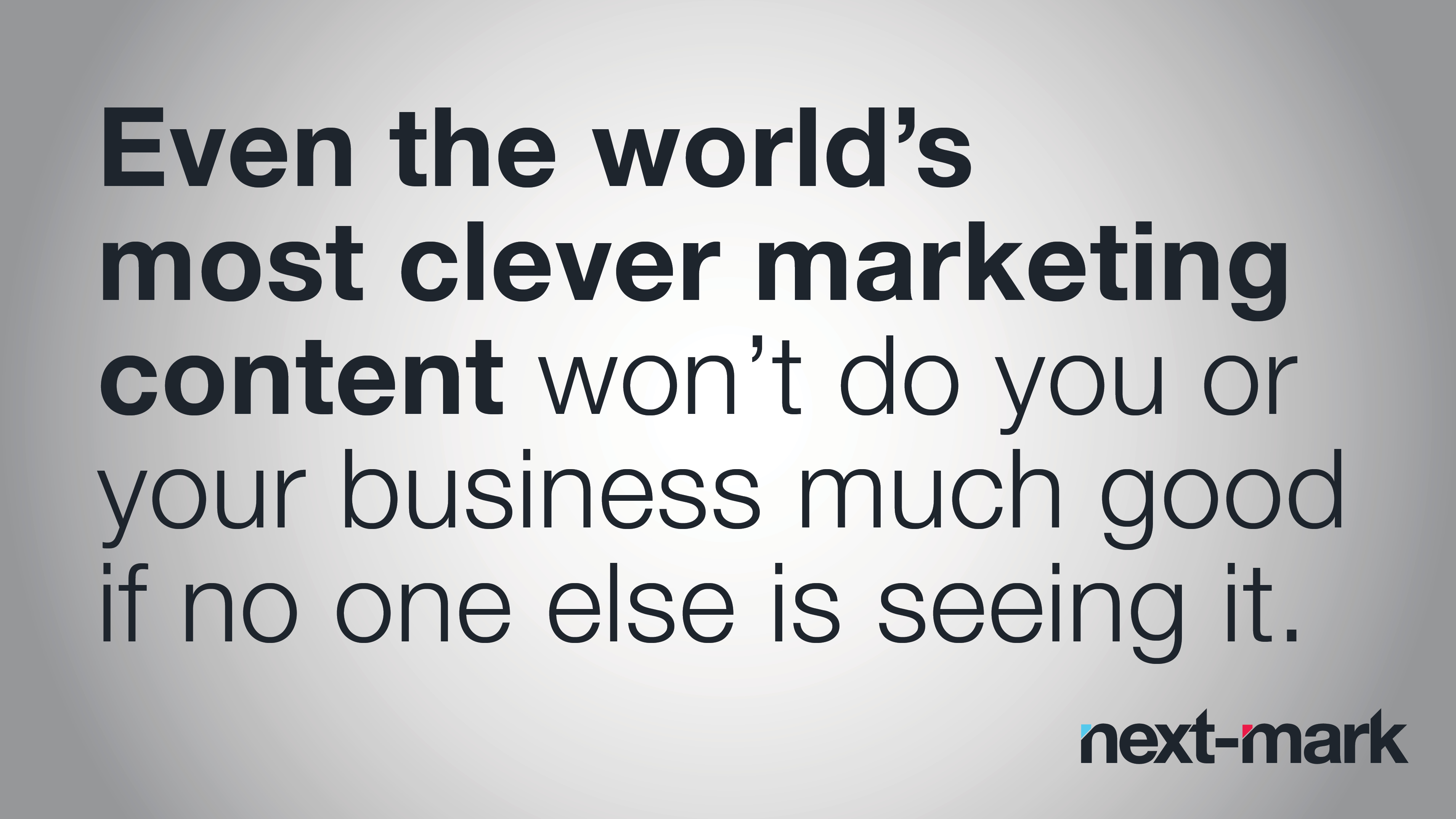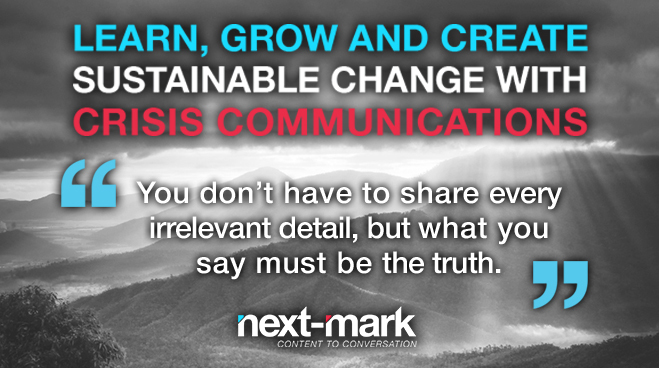
Your company is suddenly mired in a negative situation with potentially serious repercussions. While a chill grasps your heart, a slew of questions assault your brain. What’s your first step? Who are the decision makers? When and how should you respond to the media? Who should do it? Then what?
Most organizations likely will be confronted with some sort of a crisis communications challenge, whether internally or externally. With thorough preparation and an efficient response, however, you will be able to shape the appropriate, successfully navigate challenging times and maybe even come out the better for it.
Following are some core principles of crisis communications. The biggest takeaway, however, is this: Be prepared. That is, don’t wait for a disaster to strike. Look deep into the organization, acknowledge vulnerabilities and honestly confront them. Time-consuming? Yes. Painful? Most certainly? Necessary? Absolutely.
C – Choose the Right Tools
While the resources you employ will differ with each situation, make sure you always have: a core team of leaders to vet strategies, share insight and provide approvals; established communications channels and methods through which you’ll relay messages to internal and/or external audiences; and a messaging document approved by leadership and stakeholders. Other tools, such as support resources for staff, can be added as necessitated by the crisis.
R – Reveal the Facts
Before you act, you need to assess the particular situation to fully understand the crisis at hand. Knowledge is power, and gathering intelligence is crucial to your success. Fully understanding the facts, the players involved and any outside influences will help you objectively create meaningful conversation and collaboration. Once the facts are gathered, you’ll need to develop a communications strategy to address the issue in a timely manner.
I – Instill Trust and Tell the Truth
Demonstrating your ability to objectively listen and make informed decisions in a crisis communications situation will develop trust, both within your organization and with the public. If you respect each internal and external stakeholder’s position and perception of the situation, you are more likely to resolve the issue in an expedient and proficient manner. This also will ensure that you address all concerns and offer timely, effective and valid solutions that will cultivate sustainable results.
You don’t have to share every irrelevant detail, but what you say must be the truth. If you don’t know what that truth is yet, say so. Don’t guess. There’s usually no going back once you’ve said the wrong thing – intentionally or unintentionally.
S – Streamline Processes
Crises easily can get worse, so you’ll need to act fast. Make sure every step of your reaction plan is concise, clear and detailed. Each person involved should be aware of his or her responsibilities, the actions they need to take, to whom they will report and whom they should or shouldn’t contact. Checklists are an efficient way to keep team members on track. Craft your media responses in advance, even if the chance of reporter inquiries is small; if the issue does make it into the spotlight, you’ll be able to respond quickly and consistently.
I – Institute Change
Your job isn’t over when the media moves on to the next story. Crises test core organizational responses, procedures and culture, and it’s a communicator’s job to help drive transformational growth. Debrief after the event to address and identify issues that emerged. Consider alternative scenarios and establish effective action plans that address weaknesses.
S – Sustain Confidence
As an organization, it’s important to follow through on promises made during a crisis. Committing to needed change and effectively communicating it to the audiences involved can instill trust and restore confidence in your company.
There is so much more involved, of course, and so many specifics among the generalities.
Preparing for, and learning from, crisis communications situations benefit us as professional communicators, leaders and team members in any organization. Though crises always will impose an element of chaos, preparation and a solid communications plan provide the anchor you need to make the right decisions and create the groundwork to sustain the conversation and continuously grow.
Contact us for additional insight into how your organization can successfully and effectively manage crisis situations.
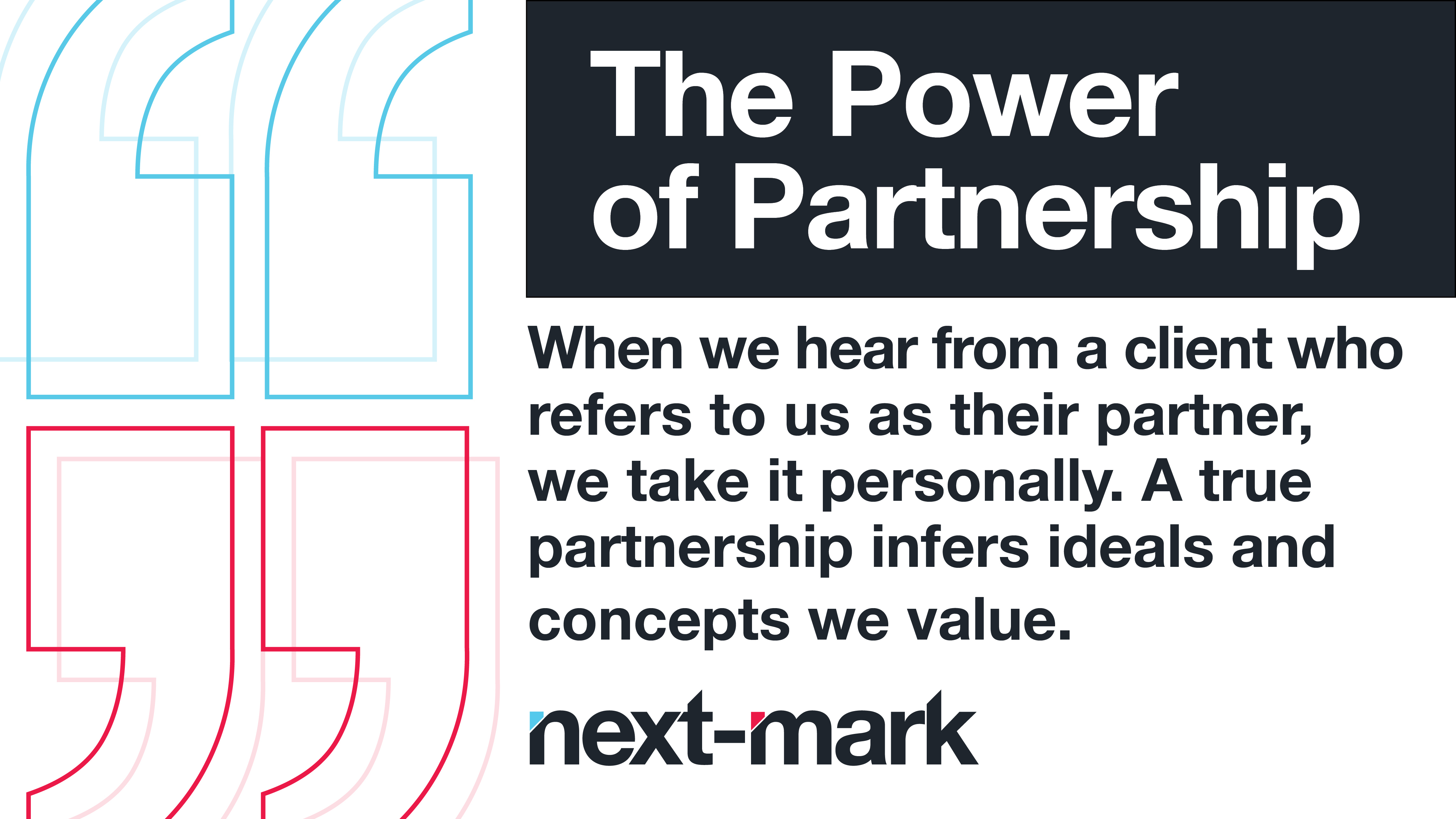
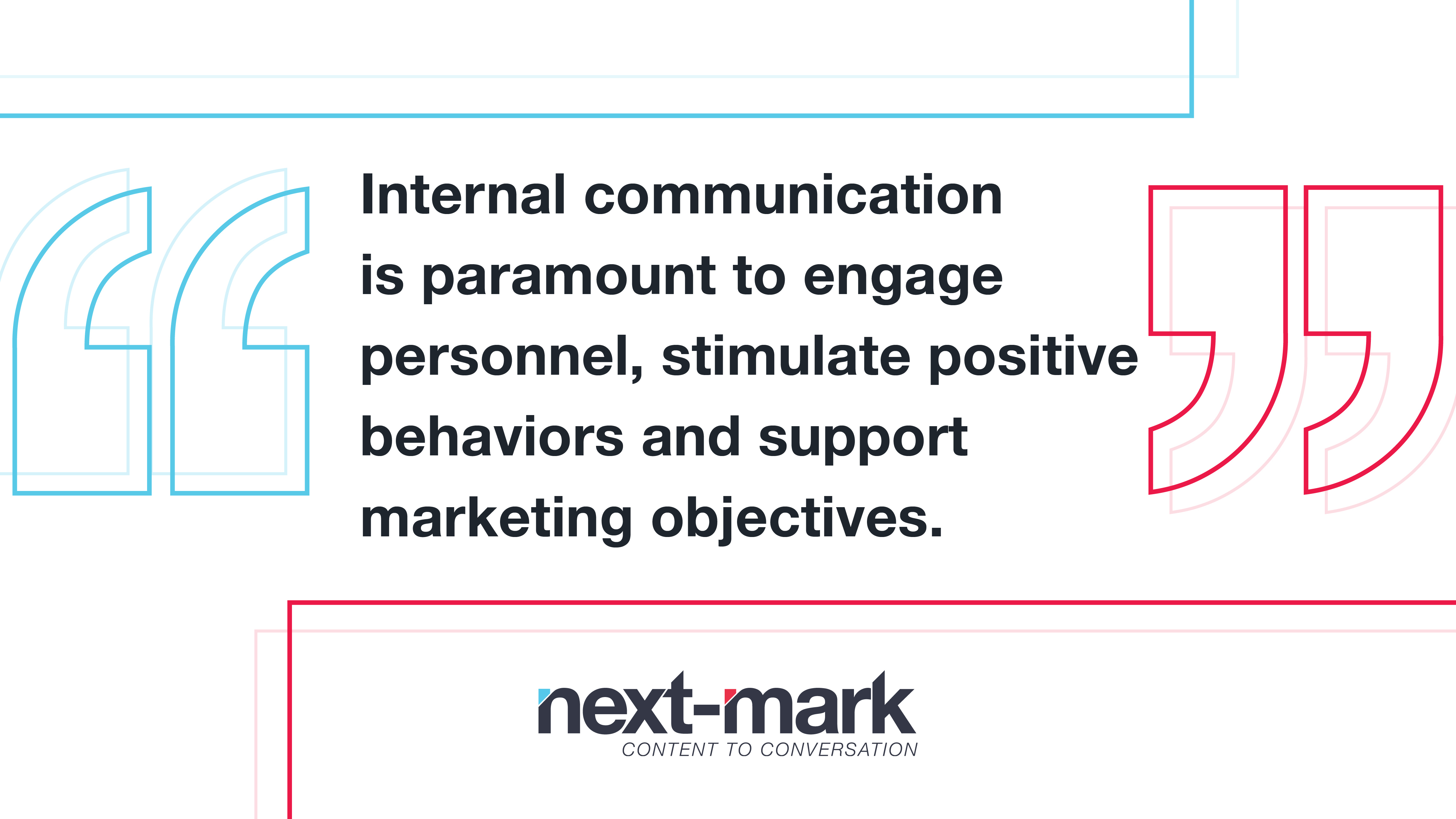
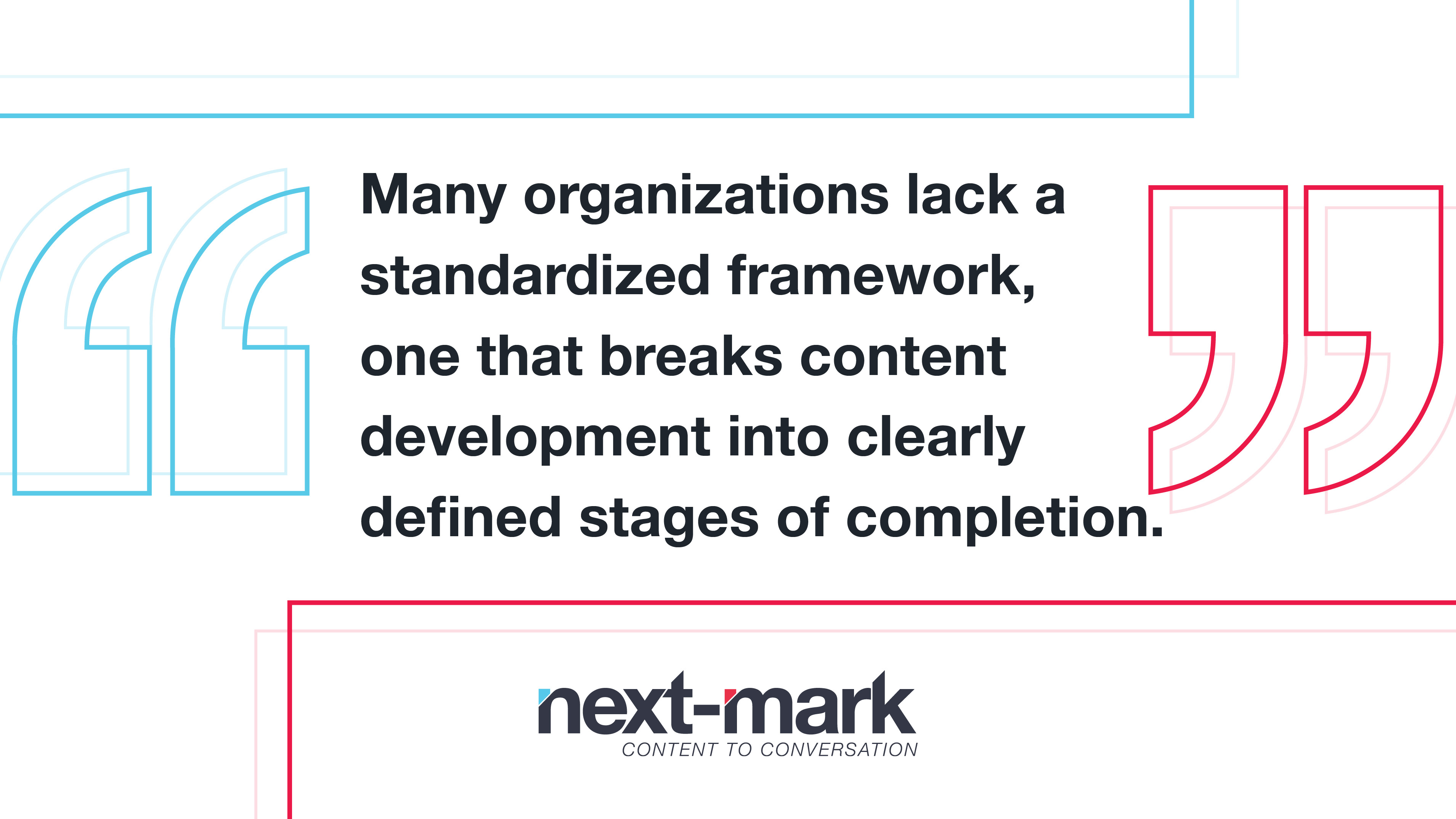


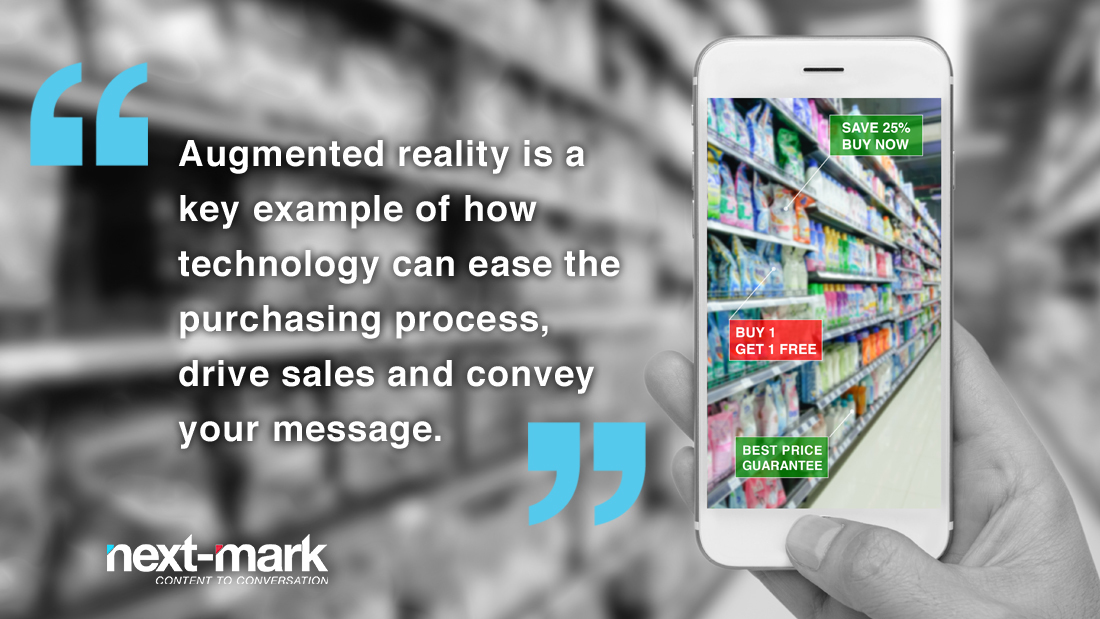

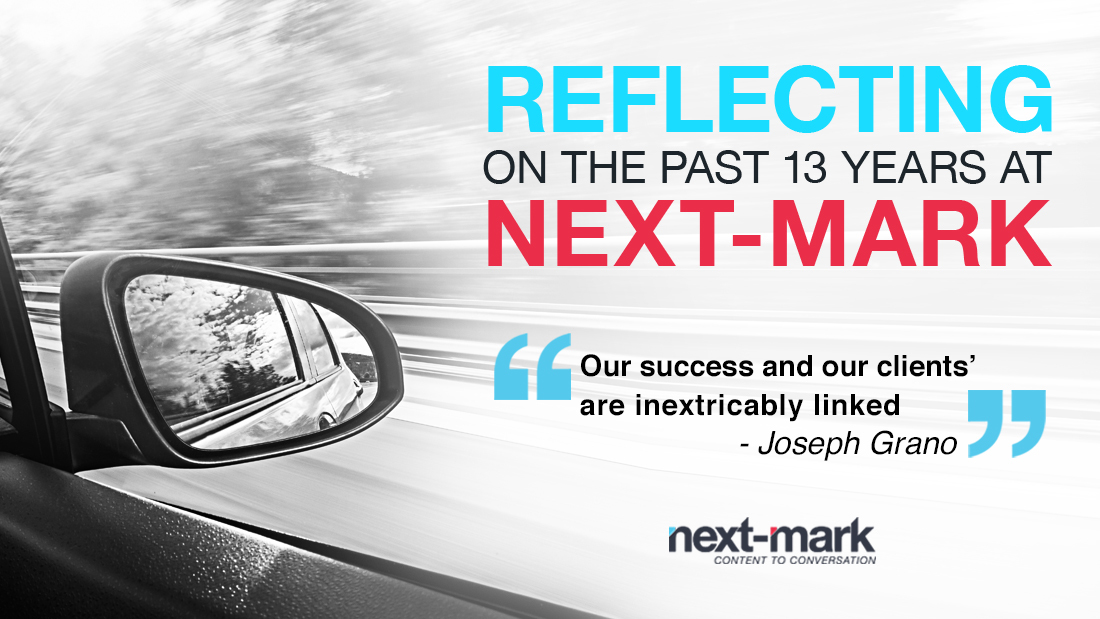 Contact us to begin that powerful conversation that will reinvigorate your brand and connect you with your audience.
Contact us to begin that powerful conversation that will reinvigorate your brand and connect you with your audience. 